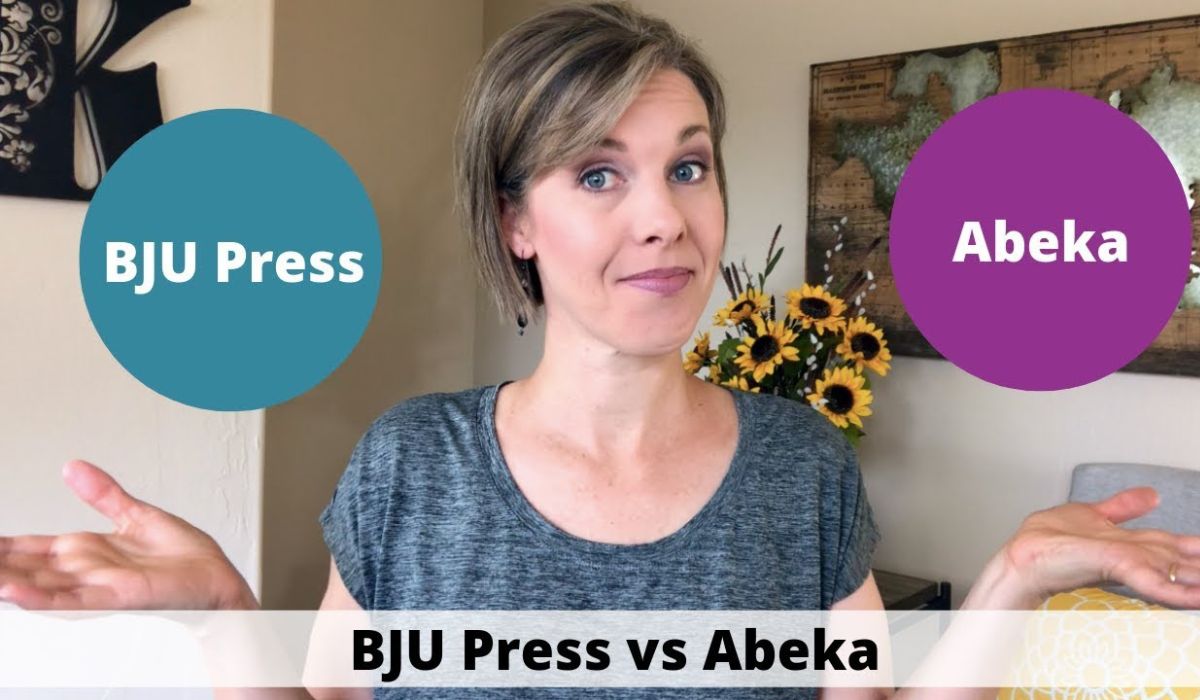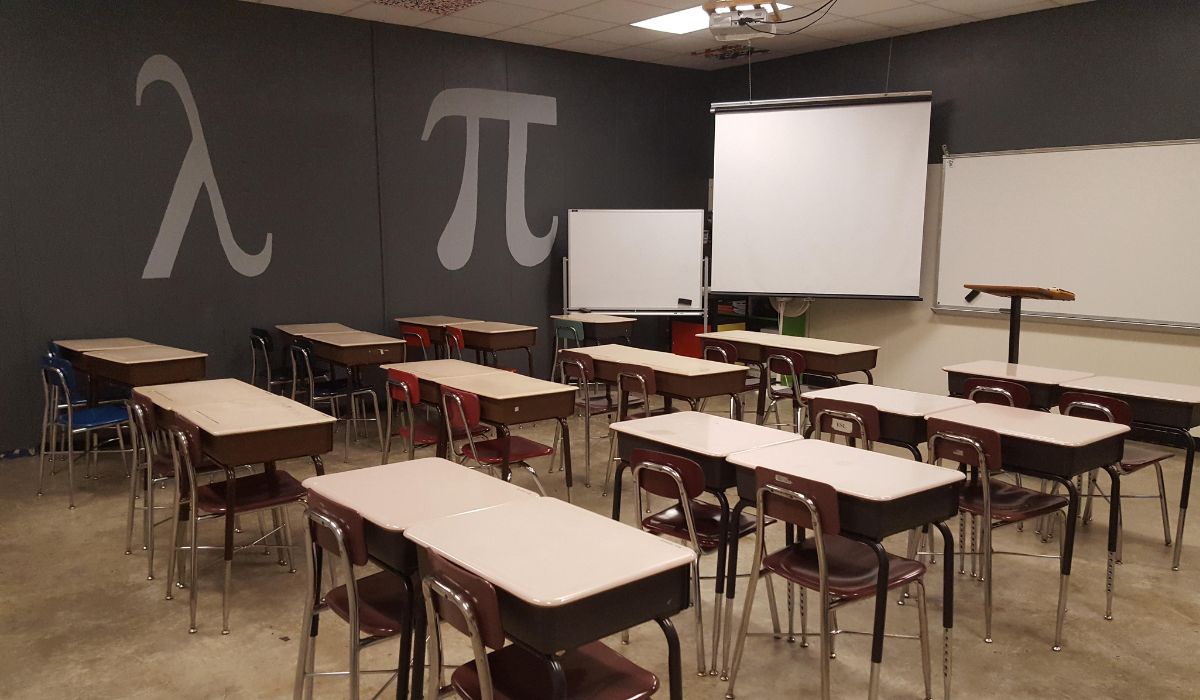Introduction
In our increasingly interconnected world, language proficiency has become a vital skill. Whether for travel, work, or social interaction, being able to communicate effectively in a second language opens countless doors. Among the tools used to assess language skills, the FLACS Exam Checkpoint A plays a crucial role for students looking to demonstrate their proficiency. This article serves as a comprehensive guide to the FLACS Exam Checkpoint A, detailing its purpose, format, scoring, and effective preparation strategies.
Understanding the FLACS Exam Checkpoint A
Purpose and Format
The FLACS Exam Checkpoint A is designed to evaluate the language skills of students at an introductory level. It assesses proficiency in key areas: reading, writing, listening, and speaking. The exam typically includes a variety of question types, such as:
- Multiple Choice Questions: Assessing comprehension and vocabulary.
- Short Answer Questions: Testing grammar and sentence structure.
- Essay Writing: Evaluating writing coherence, organization, and fluency.
- Oral Components: Measuring speaking ability through prompts or dialogues.
This varied format ensures a well-rounded assessment of language proficiency.
Scoring and Grading
The scoring criteria for the FLACS Exam Checkpoint A are designed to evaluate students on specific language competencies. Each section of the exam is graded separately, and the final score is typically a cumulative total from all sections. Scores are often interpreted on a scale that indicates different levels of proficiency, which helps educators understand a student’s capabilities and areas for improvement.
Levels of Proficiency
The FLACS Exam Checkpoint A aligns with specific levels of proficiency based on the American Council on the Teaching of Foreign Languages (ACTFL) guidelines. Generally, students may fall into categories such as:
- Novice Low: Very basic communication skills.
- Novice Mid: Can communicate using single words or phrases.
- Novice High: Able to express simple thoughts on familiar topics.
Understanding these levels can help students gauge their current skills and set goals for improvement.
Preparation Strategies for Success
Effective Study Techniques
To excel in the FLACS Exam Checkpoint A, students need to adopt effective study techniques. Here are some tips to maximize study time:
- Time Management: Create a study schedule that allocates time for each language skill. Stick to this schedule to ensure balanced preparation.
- Active Recall: Instead of passively reading notes, practice recalling information. This can involve flashcards or summarizing topics without looking.
- Practice Tests: Take practice exams under timed conditions to familiarize yourself with the format and pacing of the actual test.
Improving Reading Comprehension
Reading comprehension is crucial for the FLACS Exam. Here are strategies to enhance this skill:
- Vocabulary Building: Use flashcards or apps to learn new words daily. Focus on context and usage.
- Skimming Techniques: Practice skimming texts for main ideas and key details. This can improve your ability to understand material quickly.
Writing Effectively
Writing is a key component of the FLACS Exam. To improve your writing skills:
- Grammar Practice: Use online resources or workbooks to strengthen grammar knowledge.
- Structure and Coherence: Organize essays with clear introductions, body paragraphs, and conclusions. Use transitions to connect ideas smoothly.
Listening Actively
Effective listening is critical for the oral component of the exam. Enhance your listening skills with these techniques:
- Note-Taking: During practice listening exercises, jot down key points. This will help retain information and organize thoughts.
- Active Listening: Focus fully on the audio material. Avoid distractions, and try to predict content based on context clues.
Speaking Fluently
Fluency in speaking is essential for a strong performance in the oral section. To practice speaking skills:
- Pronunciation Practice: Use language learning apps or online resources to work on correct pronunciation.
- Vocabulary Expansion: Regularly practice using new vocabulary in conversations or speaking exercises.
Practice and Mock Exams
The Importance of Practice
Practicing with past exam papers and mock tests is vital for success. These resources provide insight into the exam’s structure and common question types.
- Familiarity with Format: Regular practice can help reduce anxiety on exam day by making the experience more familiar.
- Identifying Weak Areas: Mock exams allow students to identify and focus on specific areas needing improvement.
Online Resources
Numerous online platforms offer valuable practice materials for the FLACS Exam Checkpoint A. Some recommended resources include:
- Official FLACS Websites: Often provide sample questions and exam details.
- Language Learning Apps: Platforms like Duolingo and Quizlet can help reinforce vocabulary and grammar.
Feedback and Improvement
After taking practice exams, seek feedback from teachers or peers. Constructive criticism can help identify weaknesses and guide future study efforts.
Exam Day Tips and Strategies
Preparation and Mindset
Mental and physical preparation are crucial for success on exam day. Consider the following tips:
- Rest Well: Ensure you get a good night’s sleep before the exam.
- Positive Mindset: Cultivate a positive attitude. Visualize success to help reduce anxiety.
Time Management
Effective time management during the exam can make a significant difference. Here are some strategies:
- Pacing: Allocate specific amounts of time for each section and stick to it. Monitor your progress to ensure you have time for all questions.
- Prioritize Questions: If certain questions seem difficult, move on and return to them later if time allows.
Test-Taking Strategies
Different question types require different strategies. Here are some general tips:
- Read Instructions Carefully: Ensure you understand what is being asked before answering.
- Eliminate Wrong Answers: In multiple-choice questions, eliminate obviously incorrect answers to increase your chances of guessing correctly.
You May Also Like: Liga Výnimočných 2010: Key Highlights and Performances
Conclusion
The FLACS Exam Checkpoint A is a critical assessment for language learners, providing valuable insights into their proficiency. By understanding its purpose, format, and scoring criteria, students can better prepare for success. Implementing effective study techniques, practicing regularly, and employing strategic exam approaches will enhance your chances of achieving a high score. With diligent preparation and a positive mindset, students can confidently navigate this important milestone in their language education journey.
FAQs
What is the eligibility requirement for the FLACS Exam Checkpoint A?
Generally, students enrolled in a language program at the appropriate grade level are eligible.
What is the exam fee for the FLACS Exam Checkpoint A?
Exam fees may vary by location and school. Check with your local education authority for details.
How are results reported?
Results are typically reported as a numerical score along with a proficiency level.
How can I register for the FLACS Exam?
Registration procedures vary by school. Contact your language instructor or school administration for details.
When are the exam results available?
Results are usually released a few weeks after the exam date. Check with your institution for specific timelines.










